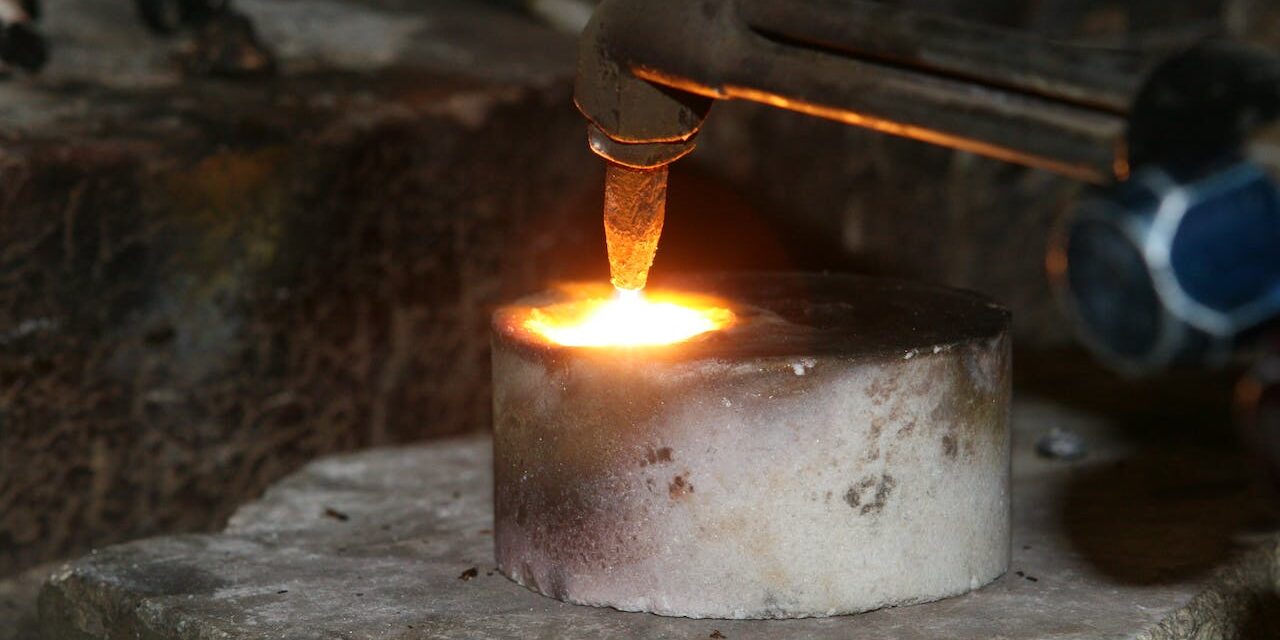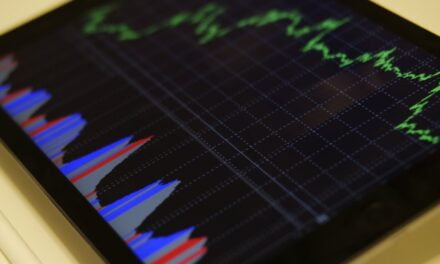The ASEAN manufacturing sector kicked off the new year on a positive note after operating conditions improved in January, official data showed Thursday.
“The start of the year brought a renewed improvement in ASEAN manufacturing sector conditions, albeit one that was only slight,” said Maryam Baluch, economist at S&P Global Market Intelligence.
The headline S&P Global ASEAN Manufacturing Purchasing Managers’ Index rose to 50.3 in January, snapping a five-month streak in contraction territory. The headline figure in December came in at 49.7. Anything below 50.0 signals that the sector contracted during that month, while anything above indicates expansion.
“However, the upturn was largely driven by stronger growth in output, as customer demand remained subdued and new orders fell again in January. The muted performance of the sector meant that staffing levels were left unchanged,” Baluch said.
“Meanwhile, price pressures intensified, with rates of both input cost and selling price inflation the highest recorded in ten months.”
Closer look at ASEAN manufacturing sector
Indonesia’s manufacturing sector expanded at a quicker pace, with a headline figure of 52.9 in January, up from 52.2 in December. This extended the current period of manufacturing sector expansion to 29 months.
The conditions of the Philippines manufacturing sector ticked down for the second month running to 50.9 in January from 51.5 a month before. Despite extending the current run of growth to five consecutive months, the latest reading signalled an expansion that was weaker than the series average and only marginal overall, S&P Global said.
Manufacturers in Vietnam recorded a return to growth with a PMI of 50.3 in January, up from 48.9 in December.
Thailand’s PMI rose to 46.7 in January, up from 45.1 in December. This signalled a sixth successive monthly contraction in manufacturing sector conditions, albeit the slowest in two months, S&P Global said.
Malaysian manufacturers posted a PMI of 49.0 in January, up from 47.9 a month prior. This suggests that the downturn of last year is losing momentum and sets the Malaysian manufacturing sector on course for a gradual recovery, S&P Global said.
The downturn across Myanmar’s manufacturing sector seen at the end of last year continued into the new year. The country posted a headline figure of 44.3 in January, up from 42.9 a month before.
“The PMI has signalled contraction in each of the past four months. Moreover, operating conditions continued to deteriorate at a historically sharp rate,” S&P Global said.
Singapore’s PMI has yet to be released.
Looking ahead
There are a number of headwinds which may lead the regional PMI slipping back into contraction territory.
“Manufacturers will be unable to sustain growth in output amid demand shortfalls. As a result, we could see the PMI revert below the 50.0 mark if new orders continue to fall. Furthermore, numerous global headwinds and generally sluggish demand from overseas markets could continue to weigh on the sector in future,” Baluch said.
The S&P Global ASEAN manufacturing PMI is compiled by S&P Global from responses to monthly questionnaires sent to purchasing managers in panels of manufacturers in Indonesia, Malaysia, Myanmar, the Philippines, Singapore, Thailand and Vietnam, totalling around 2,100 manufacturers. These countries account for 98% of ASEAN manufacturing value added, according to World Bank world development indicator.
Data for the PMI were collected between January 11 and 25.






